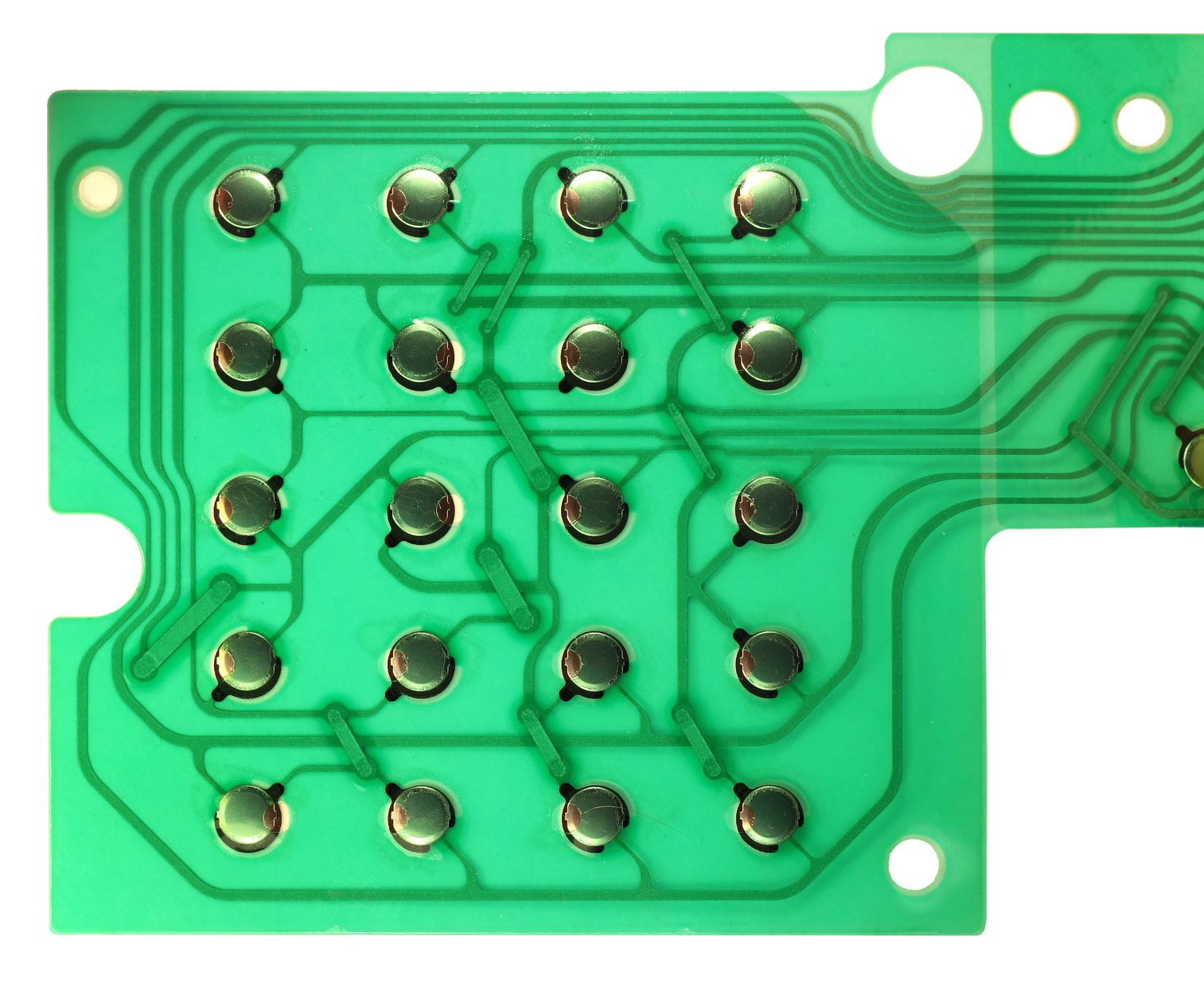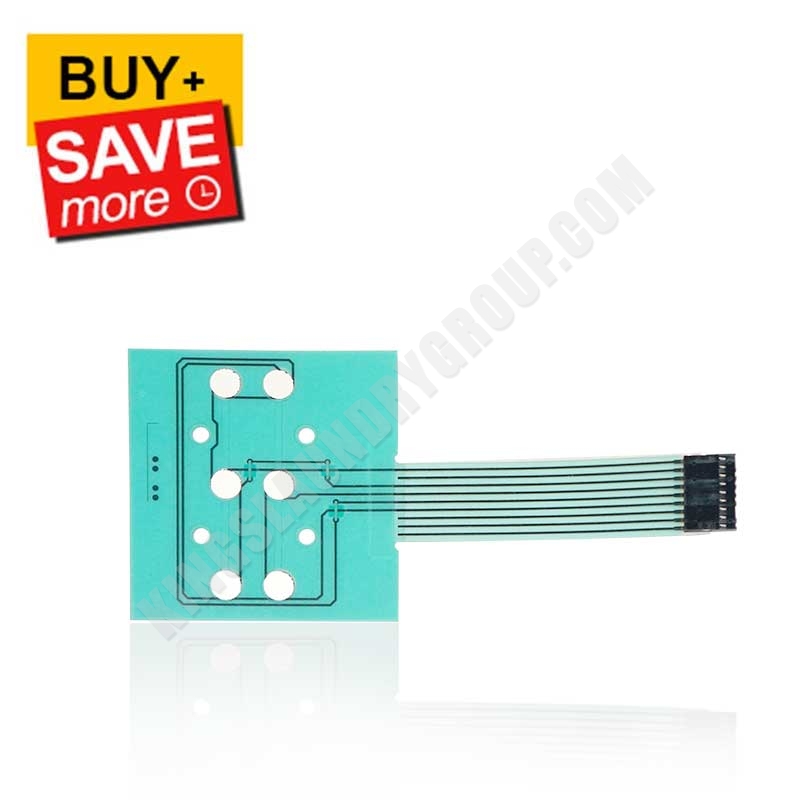How a Membrane Switch Boosts Individual Experience and Device Performance
How a Membrane Switch Boosts Individual Experience and Device Performance
Blog Article
Recognizing the Capability of Membrane Layer Changes for Interface Instruments
The functionality of membrane changes represents a considerable advancement in customer interface style, integrating performance with visual versatility. These buttons run via a multi-layered framework that translates individual communications right into electric signals, enabling both compact designs and resilience against environmental factors. As sectors increasingly focus on individual experience, recognizing the nuances of membrane layer switch innovation comes to be crucial. What ramifications do these developments hold for future applications, and exactly how might they redefine customer communications across numerous devices?
What Are Membrane Switches?
Membrane buttons are cutting-edge user interface gadgets that assist in individual communication with electronic equipment. These functional elements include multiple layers, consisting of a visuals overlay, spacer, and a published circuit layer. The design enables a smooth integration into numerous electronic gadgets, enhancing both the aesthetic and useful aspects of interface.
Membrane layer switches are commonly used in a wide variety of applications, from household appliances to industrial machinery and medical tools. Their building and construction normally includes a slim account, making them an optimal option for small designs. The tactile responses supplied by these buttons can be engineered to fulfill specific customer choices, making certain efficient communication in between the individual and the device.
Sturdiness is another significant benefit of membrane switches, as they are immune to dust, wetness, and chemicals, which boosts their life expectancy in requiring environments. Furthermore, these switches can be tailored in regards to form, size, and graphic design, allowing for branding and user-specific functions. On the whole, membrane changes stand for a useful remedy for improving customer experience in digital devices, integrating capability with aesthetic allure in an efficient manner.
Just How Membrane Switches Over Job
Operating on a simple concept, membrane switches make use of a layered building to sign up user input effectively. Each switch includes several layers, including a printed circuit layer, a spacer layer, and a leading visuals layer, which are made to collaborate seamlessly. When a user presses the top layer, it presses the spacer layer, bringing the conductive aspects of the circuit layer right into contact with each other.
This contact develops a shut circuit, signifying the tool to implement a particular function. The design permits numerous configurations, including responsive feedback, which can improve the customer experience by supplying a physical experience upon activation. The products used in membrane buttons typically consist of adaptable substratums, such as polyester or polycarbonate, which ensure durability and durability versus damage.

Key Advantages of Membrane Layer Buttons

Another considerable advantage is their compactness. Membrane layer switches are slim and lightweight, which makes it possible for makers to save area in their gadgets without compromising functionality. This attribute is specifically useful in applications where weight and volume are essential factors to consider.
Additionally, membrane switches are resistant to dust, moisture, and chemicals, boosting their sturdiness. This resilience expands their life expectancy and lowers the need for regular substitutes, causing cost financial savings in time.
In addition, the tactile responses provided by membrane layer buttons can be optimized to boost individual communication. They can include attributes such as raised switches or distinct clicks, improving use and user experience.
Applications Throughout Industries
Individual user interface tools making use of membrane layer switches prevail in a large range of markets, showcasing their versatility and performance. Membrane Switch. In the medical industry, membrane layer switches are indispensable to devices such as diagnostic equipment and individual surveillance systems, where their sturdiness and ease of cleaning are important for keeping hygiene criteria. In the automobile market, these switches are employed in dashboard controls and infomercial systems, giving a streamlined and contemporary user interface for customers.
In addition, the customer electronics sector gain from membrane layer buttons in devices and portable tools, where small layout and straightforward user interfaces improve individual experience. Industrial applications moved here also leverage membrane layer switches over for control panels in machinery and automation systems, emphasizing their effectiveness and resistance to rough settings.
In the aerospace and defense markets, membrane buttons are made use of in cabin controls and devices, where dependability and performance under severe conditions are paramount. Furthermore, the video gaming sector increasingly includes membrane switches in controllers and game makers, adding to an engaging user experience. In general, the convenience of membrane layer switches over enables their prevalent use across numerous industries, underscoring their value in modern interface style.
Future Trends in Membrane Layer Change Modern Technology

Furthermore, making use of advanced materials, such as polycarbonate and polyester films, is expected to rise, supplying boosted durability and resistance to environmental stress factors. These products add to the general durability of membrane layer switches, making them ideal for harsher industrial applications.
Moreover, the unification of smart innovation, including IoT connection, will allow membrane layer buttons to communicate with other devices and systems, facilitating a more interactive user experience. This pattern lines up with the expanding demand for clever tools throughout different fields, from health care site web to customer electronics.
Last but not least, personalization choices are anticipated to expand, allowing makers to produce bespoke options customized to specific customer needs and preferences. These advancements will certainly position membrane buttons as crucial components in the evolution of individual interface modern technology.
Conclusion
In final thought, membrane layer switches over represent an essential development in interface innovation, offering a reputable and functional option for diverse electronic applications. Their layered building assists in compact layout, while functions such as Go Here responsive feedback improve customer interaction. The longevity against environmental factors even more solidifies their utility across several markets. As innovations in material science and touch picking up technologies continue, the performance and applicability of membrane layer buttons are anticipated to broaden, strengthening their importance in modern-day electronic tools.
Report this page